|
The OP
Published on 2021-3-17 11:02
Only look at the author
This post is from RF/Wirelessly
| ||
|
|
||
- 【Posts】How many times is the throughput of SX1301 compared to SX1276/8?
- 【Posts】Comparison and selection of SX1268, SX1278 and SX1276
- 【Posts】Comparison and selection of SX1268, SX1278 and SX1276
- 【Posts】How many times is the throughput of SX1301 compared to SX1276/8?
- 【Download】Semtech SX1276 137MHz to 1020MHz Long Range Low Power Transceiver
- 【Download】LoRa sx1276\\\\77\\\\78\\\\79 modulation module data sheet
- 【Download】SX1276 source code
- 【Download】Semtech SX1301 Digital Baseband Chip for Outdoor LoRaWAN? Macro Gateways
-
Comparison and selection of SX1268, SX1278 and SX1276
1.ProductDescriptionSX1278/1276isalong-distance,low-powerwirelesstransceiverlaunchedbySemtechin2013SX1268isanewproduct,alsolaunchedbySemtechin2018,andalsohasaspecialLoRamodulationmethod6aredifferentinmanyaspects2.ComparativeanalysisChippack ...
-
How to improve the throughput and uptime of automatic test equipment? Chat with VICOR engineers!
Factories’demandformoreefficienttestingcapabilitiescontinuestoincreaseSemiconductormanufacturersareplacinggreaterdemandsonautomatictestequipment(ATE)companiestoquicklyandreliablydesigntestsystemsthatmeetthegrowingdemandforICs,withminimalin ...
-
Understanding the boost small signal model
Helloeveryone!I'mlearningaboutBoostsmallsignalmodelingrecentlyCouldyoupleasehelpexplainthemeaningofthefollowingsmallsignalmodel?Thankyou!
- Which of these five books do you want to be online first? Come and vote for it~
- Allwinner T113 dual-core heterogeneous processor based on Tina Linux5.0 - RTOS system custom development
- SPI receive and send function program
- GD32F350 Learning Series 4: 433 module receiving data
- I watch the World Cup
- Detailed explanation of the schematic diagram of each part of the flyback switching power supply UC3842 protection circuit
- Several indoor wireless positioning technologies
EEWorld Datasheet Technical Support
-
Europe's three largest chip giants re-examine their supply chains
At the Electronica 2024 CEO Roundtable held just last week, the CEOs of three chip giants, Infine
-
It is reported that Kioxia will be approved for listing as early as tomorrow, and its market value is expected to reach 750 billion yen
On November 21, Reuters reported that with the support of Bain Capital, Kioxia will obtain approv
-
The US government finalizes a $1.5 billion CHIPS Act subsidy to GlobalFoundries to support the latter's expansion of production capacity in the US
On November 21, the U.S. Department of Commerce officially announced yesterday that it will provi
- SK Hynix announces mass production of the world's highest 321-layer 1Tb TLC 4D NAND flash memory, plans to ship it in the first half of 2025
- UWB is a new way to use it in cars. Can wireless BMS also use it?
- Filling the domestic gap! China Mobile, Huawei and others jointly released the first GSE DPU chip
- Samsung Electronics NRD-K Semiconductor R&D Complex to import ASML High NA EUV lithography equipment
- Apple reveals the secret of its own chip success: competitors can't use the latest cutting-edge technology
- A big chip war is about to start: Qualcomm and MediaTek are involved in notebooks, and AMD is reported to enter the mobile phone market
- Exynos 2600 chip is the key, Samsung is reportedly going to launch a 2nm chip counterattack
- Problems with STM32 and passive buzzer playing sound
- Embedded Tutorial_DSP Technology_DSP Experiment Box Operation Tutorial: 2-28 Building a Lightweight WEB Server Experiment
- OPA847IDBVR op amp domestic replacement
- AG32VF407 Test UART
- [Digi-Key Follow Me Issue 2] Chapter 1: Sharing on receiving the goods
- What model is this infrared receiver? Which model can be used instead? Thank you
- Selling brand new unopened ZYNQ 7Z020 FPGA core board
- The LORA module used in the lithium battery-powered water meter setting can save energy when 100 water meters are installed in one corridor.
- I would like to ask, when a port is set to RX0, is it necessary to set the input and output direction of this port?
- Why is this year so difficult? It’s even more difficult than during the pandemic. I’m 30 and facing unemployment. I’m so confused.
- Ask about the voltage regulator test question
- [Xiaohua HC32F448 Review] About Xiaohua Semiconductor's UART interrupt sending and PRINTF construction and redirection
- 【BIGTREETECH PI development board】 HDMI output test
- 【BIGTREETECH PI development board】+08. Audio test (zmj)
- [Xiaohua HC32F448 Review] +RTC electronic clock



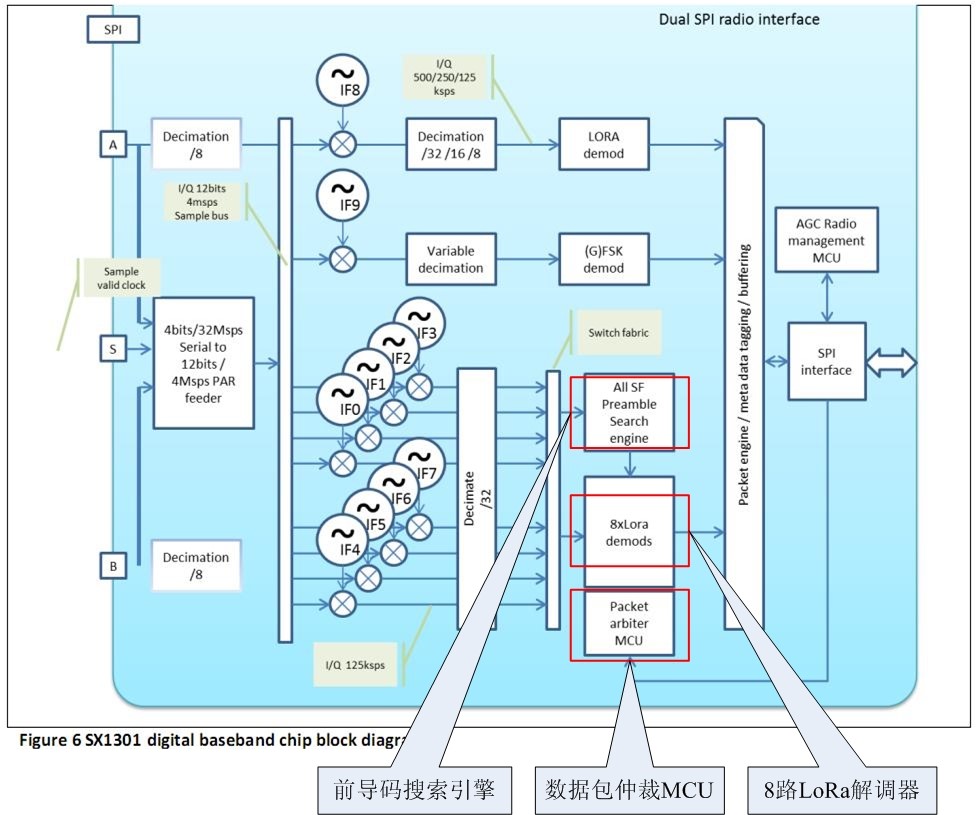


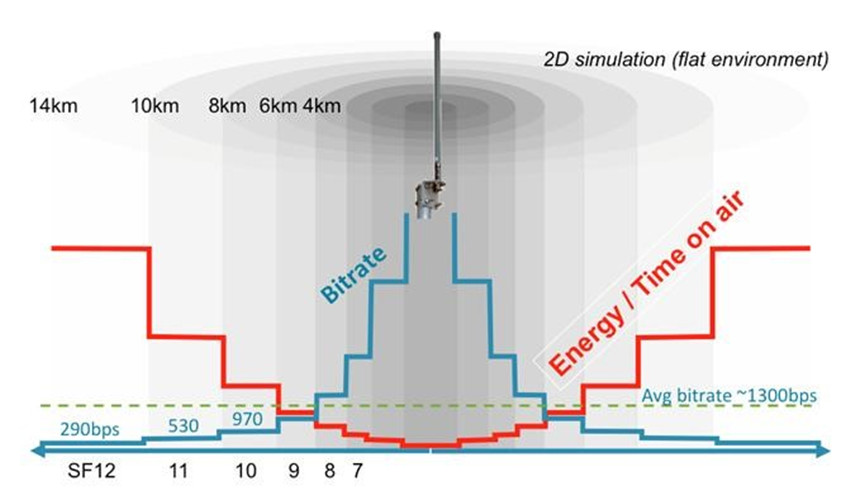
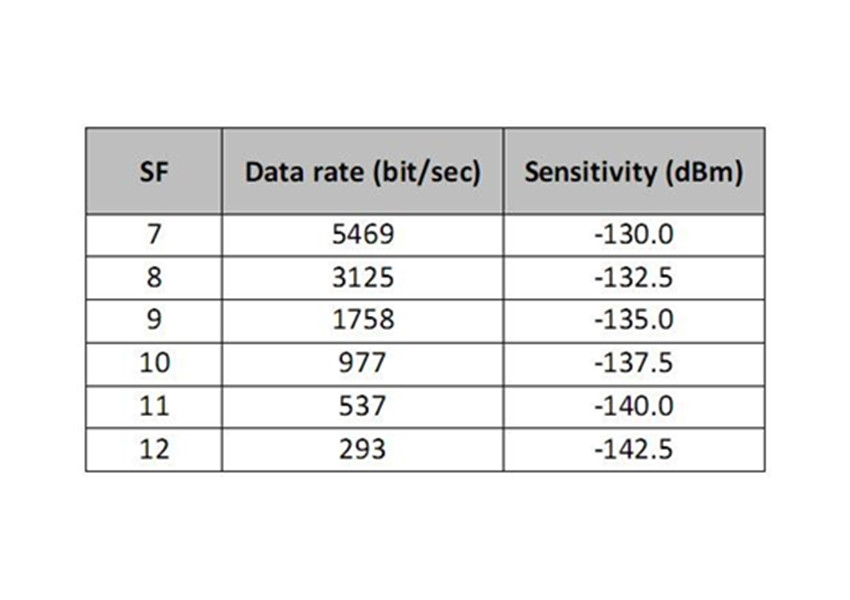

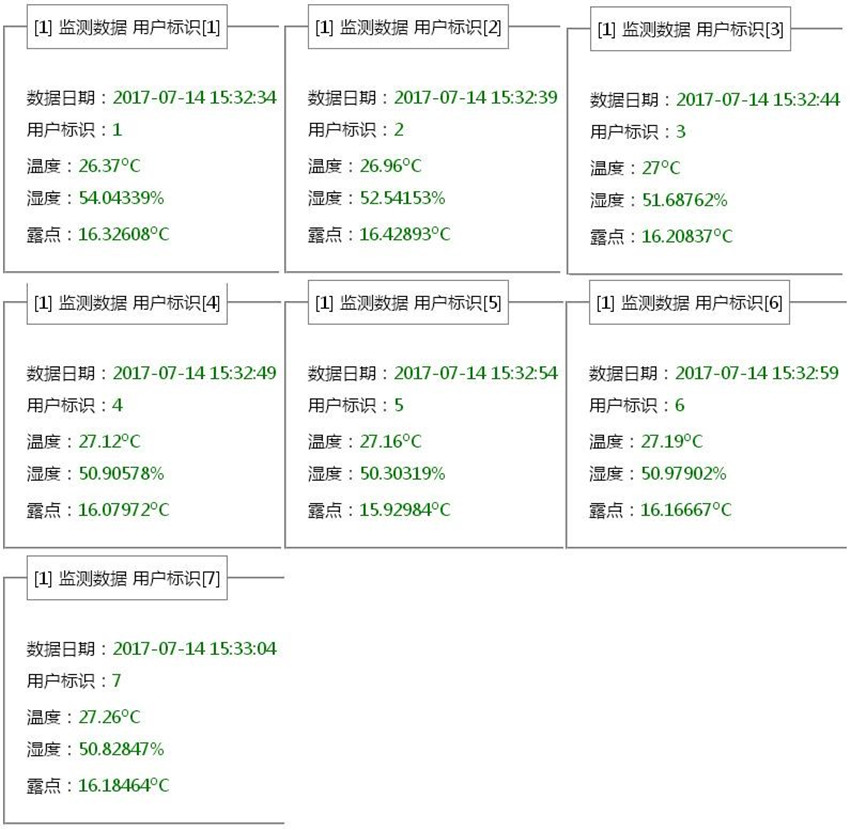
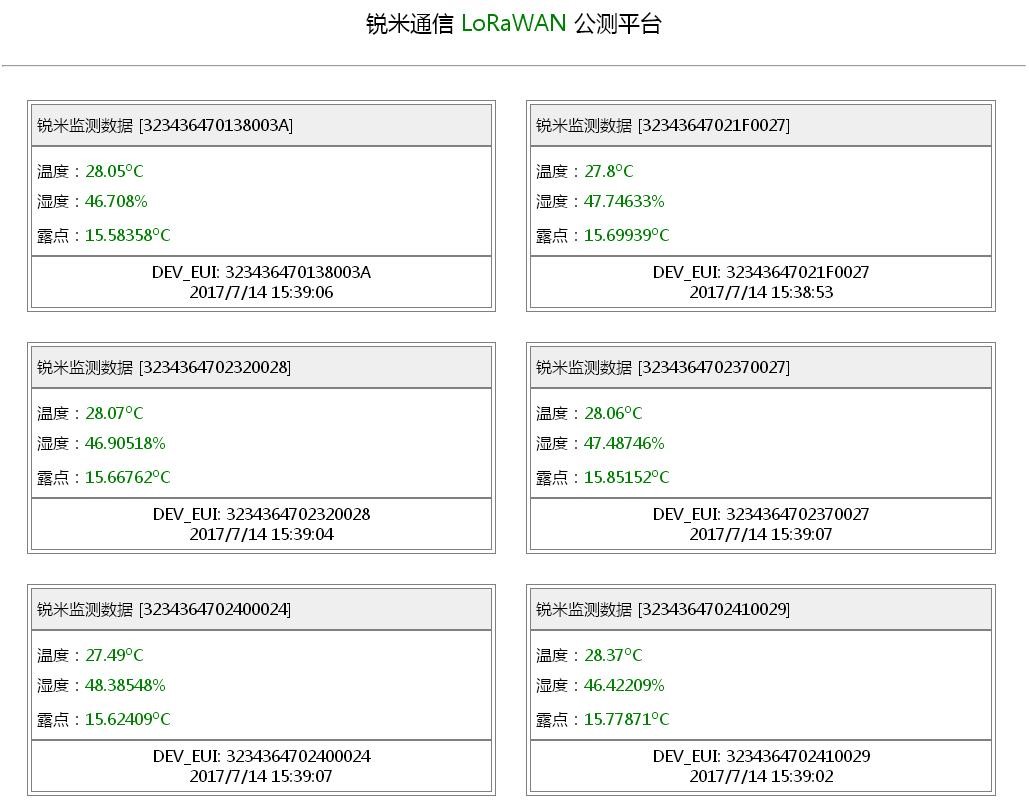
 提升卡
提升卡 变色卡
变色卡 千斤顶
千斤顶